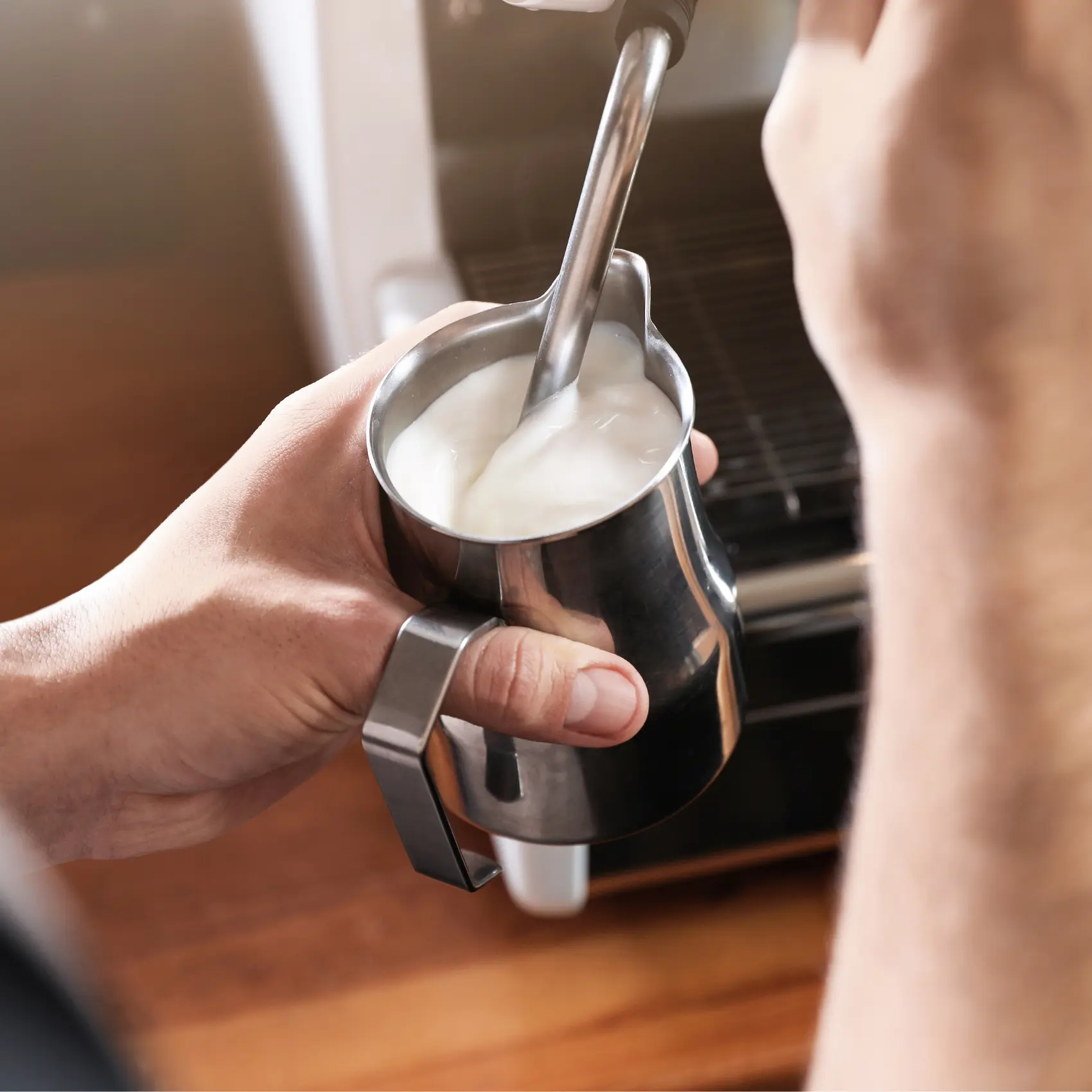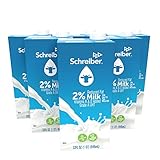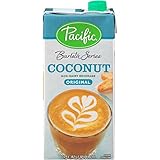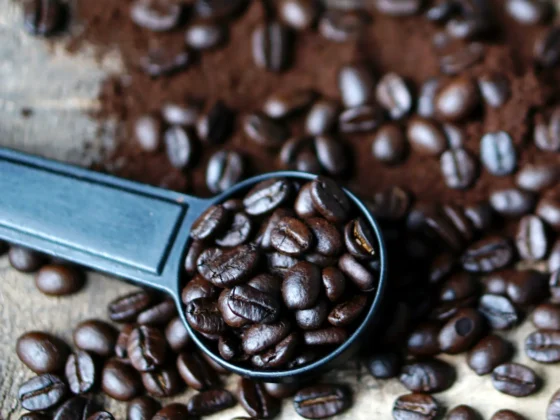In the quest to create the perfect cup of coffee, the role of milk is often underappreciated. This article delves into the art and science of using frothed milk to elevate your coffee experience. Whether you’re a seasoned barista or a home coffee enthusiast, understanding the best milk for frothing and mastering the techniques to froth it can transform a simple cup of coffee into a work of art. From exploring the ideal types of milk for creating the perfect foam to learning intricate latte art, this guide offers valuable insights into how frothed milk can enhance the flavor, texture, and visual appeal of your favorite coffee drinks. Whether you’re experimenting with classic café lattes, venturing into the world of flavored lattes, or adding a frothy touch to non-coffee beverages, this article provides the expertise and inspiration you need to enrich your coffee-making journey.
Don’t feel like scanning text? Click below for the article’s audio version below.
- Introduction & Key Takeaway
- https://app.mysoundwise.com/tracks/17010184647671008e.mp3
- Best Milk Choices for Frothing
- https://app.mysoundwise.com/tracks/17010185285197954e.mp3
- Best Alternative Milk Options for Frothing
- https://app.mysoundwise.com/tracks/17010185614568621e.mp3
- Types of Milk to Avoid
- https://app.mysoundwise.com/tracks/17010185972832527e.mp3
- Factors to Consider When Selecting Milk for Frothing
- https://app.mysoundwise.com/tracks/17010186341335273e.mp3
- Expert Tips for Frothing Success
- https://app.mysoundwise.com/tracks/17010186689656230e.mp3
- Enhance Your Coffee Experience with Frothed Milk
- https://app.mysoundwise.com/tracks/17010187012887673e.mp3
- Conclusion & FAQs
- https://app.mysoundwise.com/tracks/17010187450290129e.mp3
Best Milk for Frothing: Key Takeaway
- Understanding Milk Types: The choice of milk is crucial in achieving the desired froth quality. Different milks have unique properties affecting froth texture, stability, and flavor. Knowing the best milk for frothing, whether it’s whole, skim, or a plant-based alternative, is essential for the desired outcome in your coffee.
- Mastery of Frothing Techniques: Successful frothing is not just about the type of milk but also about the technique. Learning the right temperature, how to aerate the milk properly, and using the correct equipment are key skills for creating the perfect froth.
- Importance of Equipment: The choice of frothing equipment, from steam wands to the best handheld milk frothers, significantly impacts the quality of the froth. Selecting the right tools and understanding how to use them effectively is crucial for achieving cafe-quality results.
- Creative Exploration with Latte Art: Latte art adds a creative dimension to coffee preparation, enhancing the visual appeal and showcasing the skill of the barista. It’s not just an artistic expression but also an indicator of well-executed frothing and espresso brewing.
- Expanding Beyond Coffee: Frothed milk is not limited to coffee drinks like cafe lattes. It can also be incorporated into a variety of other beverages, including tea-based drinks and hot chocolates, adding a luxurious texture and richness to a wide range of hot beverages.
Best Milk Choices for Frothing
Selecting the best milk for frothing can transform the quality of your coffee beverages. Among the options available, two particularly well-liked choices are whole milk and 2% milk. What sets them apart are their individual and distinctive attributes, tailored to cater to a wide array of tastes and preferences. By understanding the characteristics of each, you can ensure that your coffee experience is precisely tailored to your liking, whether you favor a rich, creamy froth or a slightly lighter, frothy texture.
Whole Milk: The Classic Choice
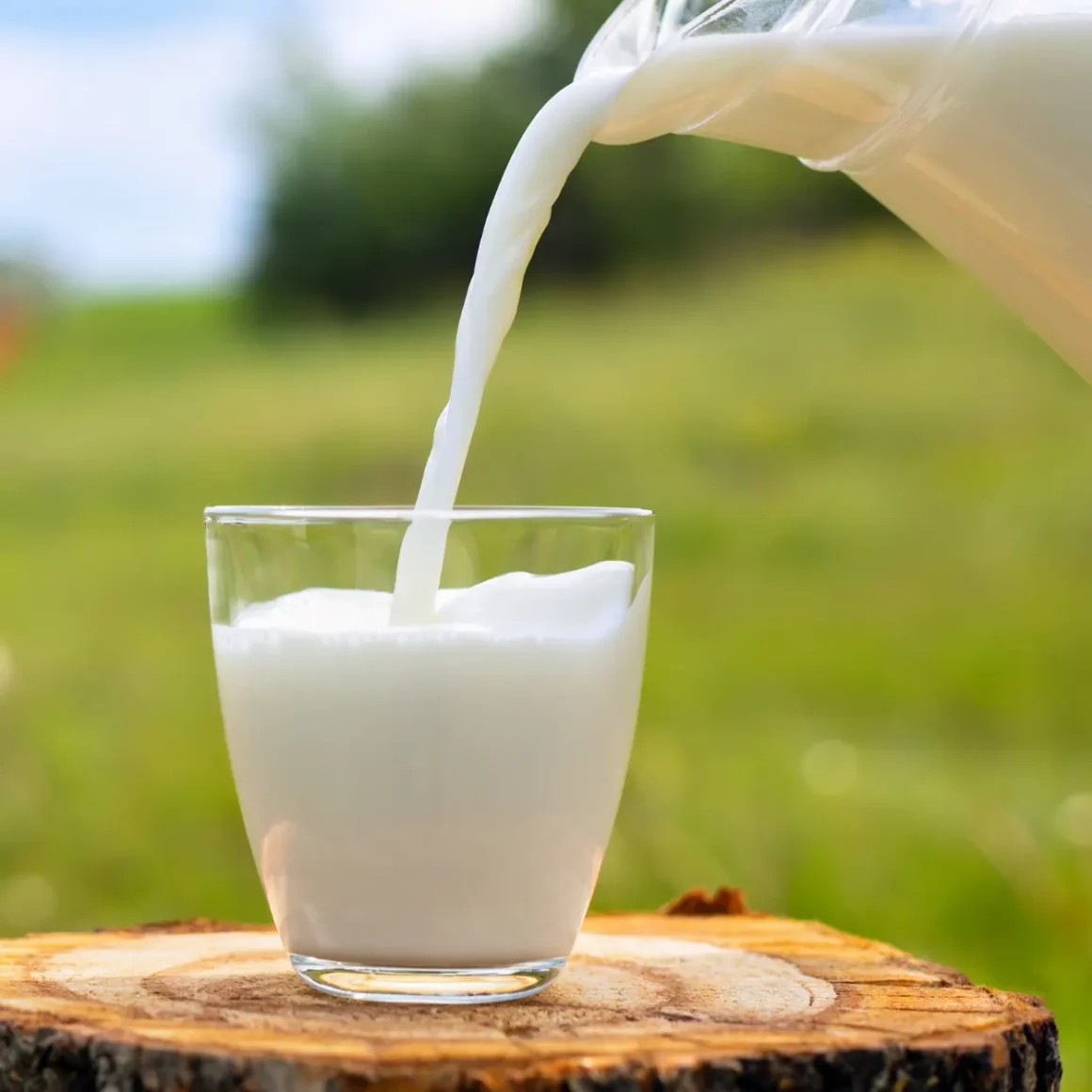
Whole milk stands as the traditional favorite in coffee culture for frothing, offering unmatched richness and a classic coffee experience.
- Richness and Creaminess: Whole milk, with its higher fat content, is renowned for creating a rich and creamy froth. The fat in whole milk contributes to a smoother and thicker consistency, ideal for creating luxurious lattes and cappuccinos.
- Flavor Profile: The natural sweetness of whole milk is enhanced when frothed, providing a well-balanced flavor. This complements the bitterness of espresso coffee, resulting in a harmonious blend.
- Frothing Technique: While whole milk is more forgiving in frothing, it requires a steady hand and patience. The key is introducing enough air to create a velvety microfoam without over-aerating.
2% Milk: A Balanced Option
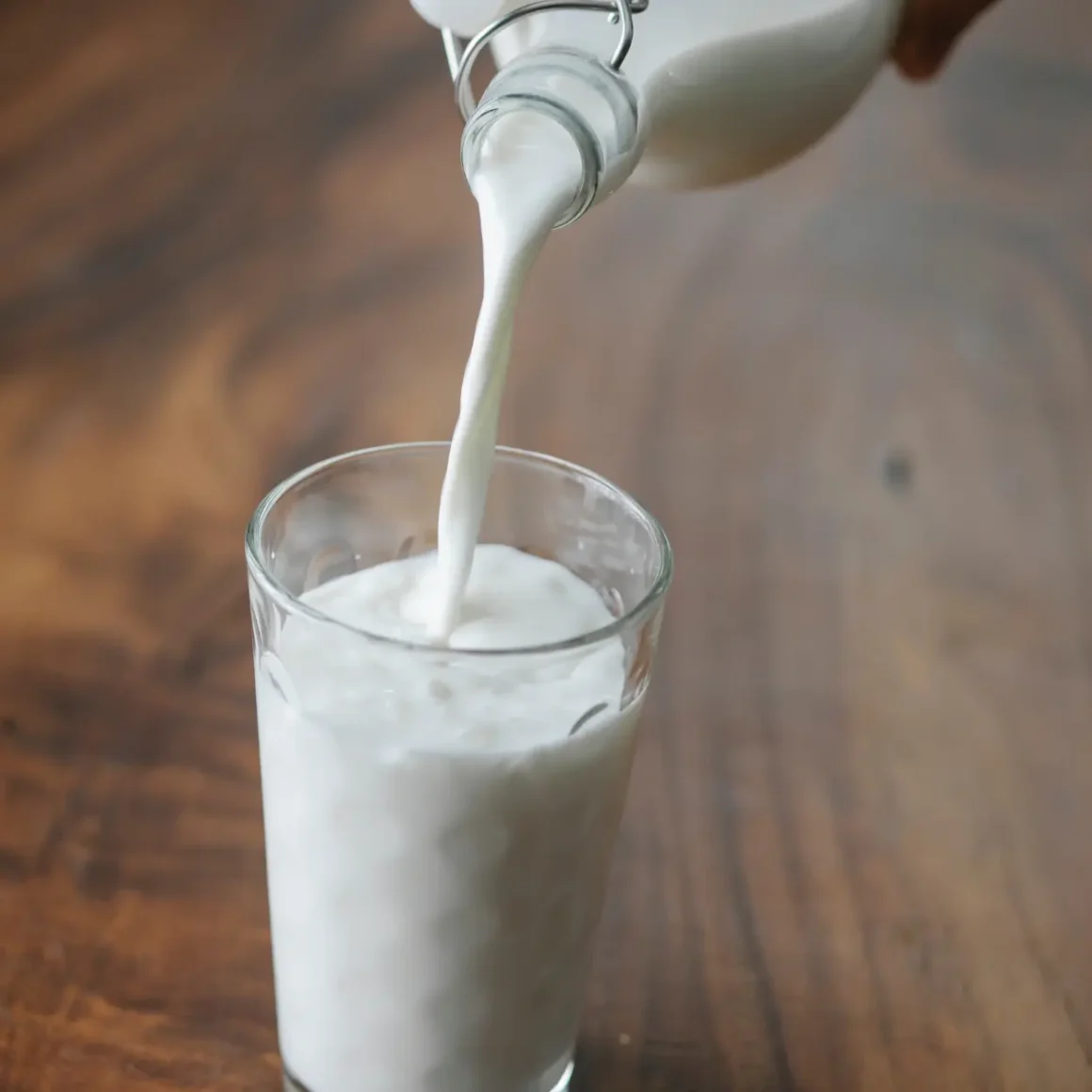
2% milk offers a delightful compromise, blending the benefits of full-fat and low-fat kinds of milk for a versatile and health-conscious choice in frothing.
- Moderate Fat Content: 2% milk strikes a balance between the creaminess of whole milk and the lightness of skim milk. This middle ground makes it a versatile option for those who prefer a lighter texture without sacrificing too much creaminess. (1)
- Foam Quality: The foam produced from 2% milk is slightly less dense compared to whole milk, but it still maintains a good structure. It’s easier to achieve a fine, silky foam that blends seamlessly with the coffee.
- Health Considerations: For those mindful of their fat intake, 2% milk is a great choice. It cuts down on calories and fat compared to whole milk, while still offering a satisfying froth for coffee drinks.
In summary, the best milk for frothing depends on your personal preference for creaminess, texture, and health considerations. Both whole milk and 2% milk are excellent choices that cater to different tastes and dietary needs, enhancing the overall coffee experience.
Best Alternative Milk Options for Frothing
For those exploring non-dairy options, finding the best non dairy milk for frothing can be a game-changer in the world of coffee. Various plant-based milks offer unique flavors and frothing characteristics, making them popular choices for those who prefer dairy-free alternatives. Here, we explore some of the best options, including soy, almond, oat, and coconut milk.
Soy Milk: Creamy and Plant-Based
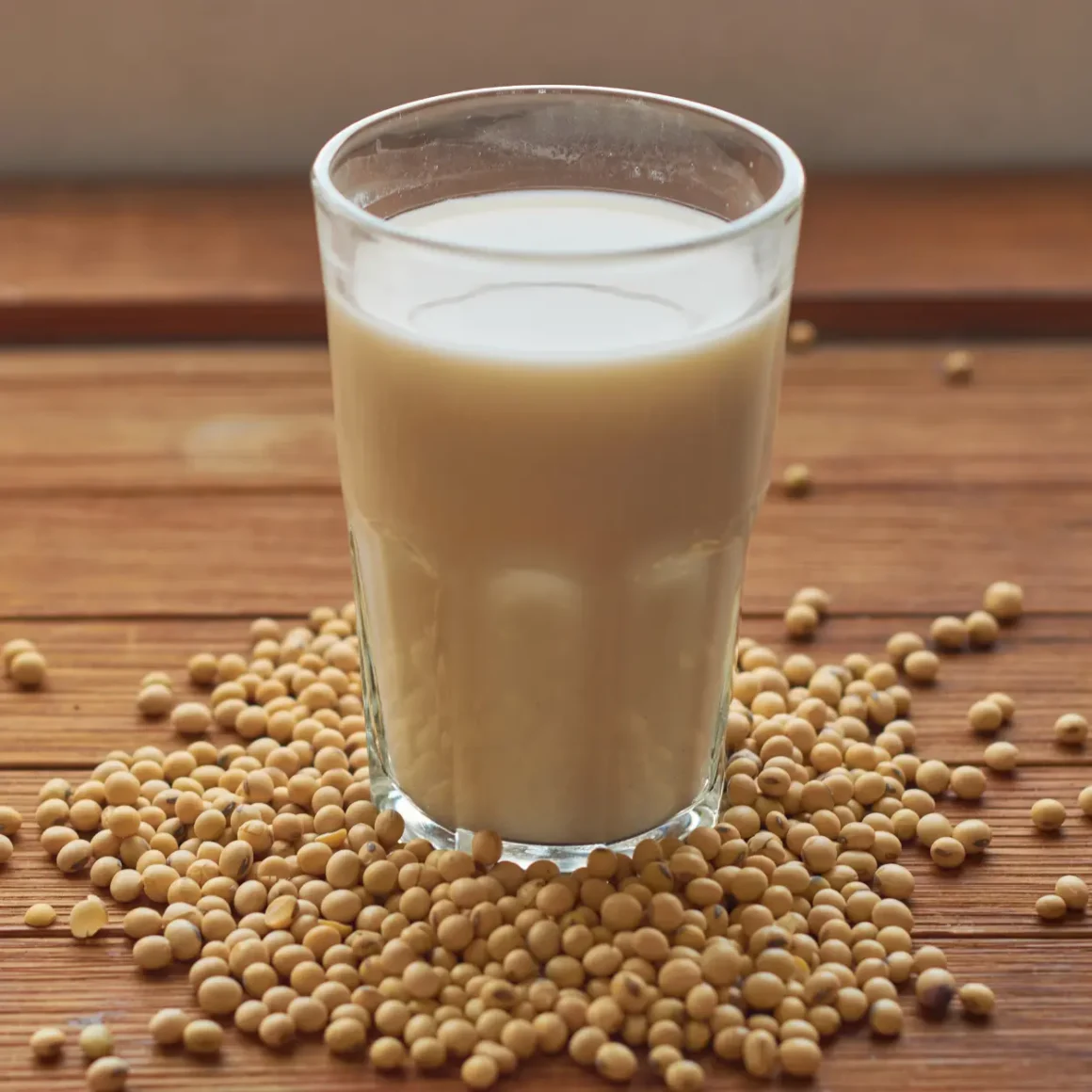
Soy milk emerges as a top contender in the plant-based milk category for coffee enthusiasts.
- Rich Texture: Soy milk is known for its creamy texture, which closely mimics that of cow’s milk. It’s a great option for those who want a rich and velvety foam in their coffee.
- Stability in Frothing: Soy milk holds its structure well when frothed, making it easy to work with for both amateur and professional baristas.
- Health Benefits: Besides being a dairy-free alternative, soy milk is also a good source of protein and essential nutrients, making it a healthy addition to your coffee. (2)
Almond Milk: Nutty and Frothy
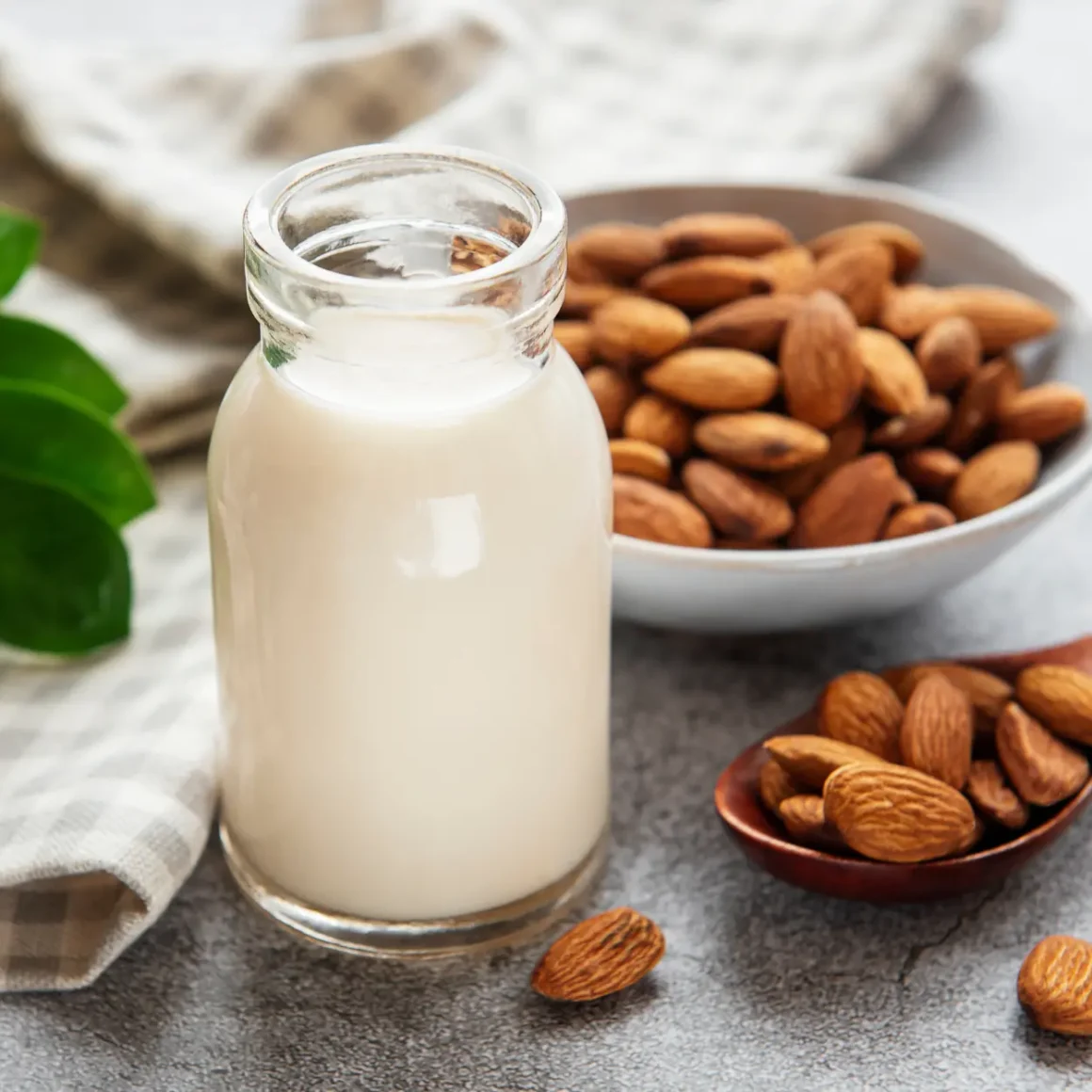
Almond milk is a favorite for those seeking a delicate nutty twist in their frothy beverages.
- Distinct Flavor: Almond milk, known for its nutty taste, adds a unique flavor profile to coffee. It’s a fantastic choice for those who enjoy a hint of nuttiness in their beverages.
- Frothing Quality: When it comes to the best almond milk for frothing, look for brands that are specifically designed for baristas. These tend to have a better consistency and foam up nicely.
- Low Calorie: Almond milk is also appreciated for being low in calories, which is ideal for those who are calorie-conscious.
Oat Milk: The Outrageously Good Frother
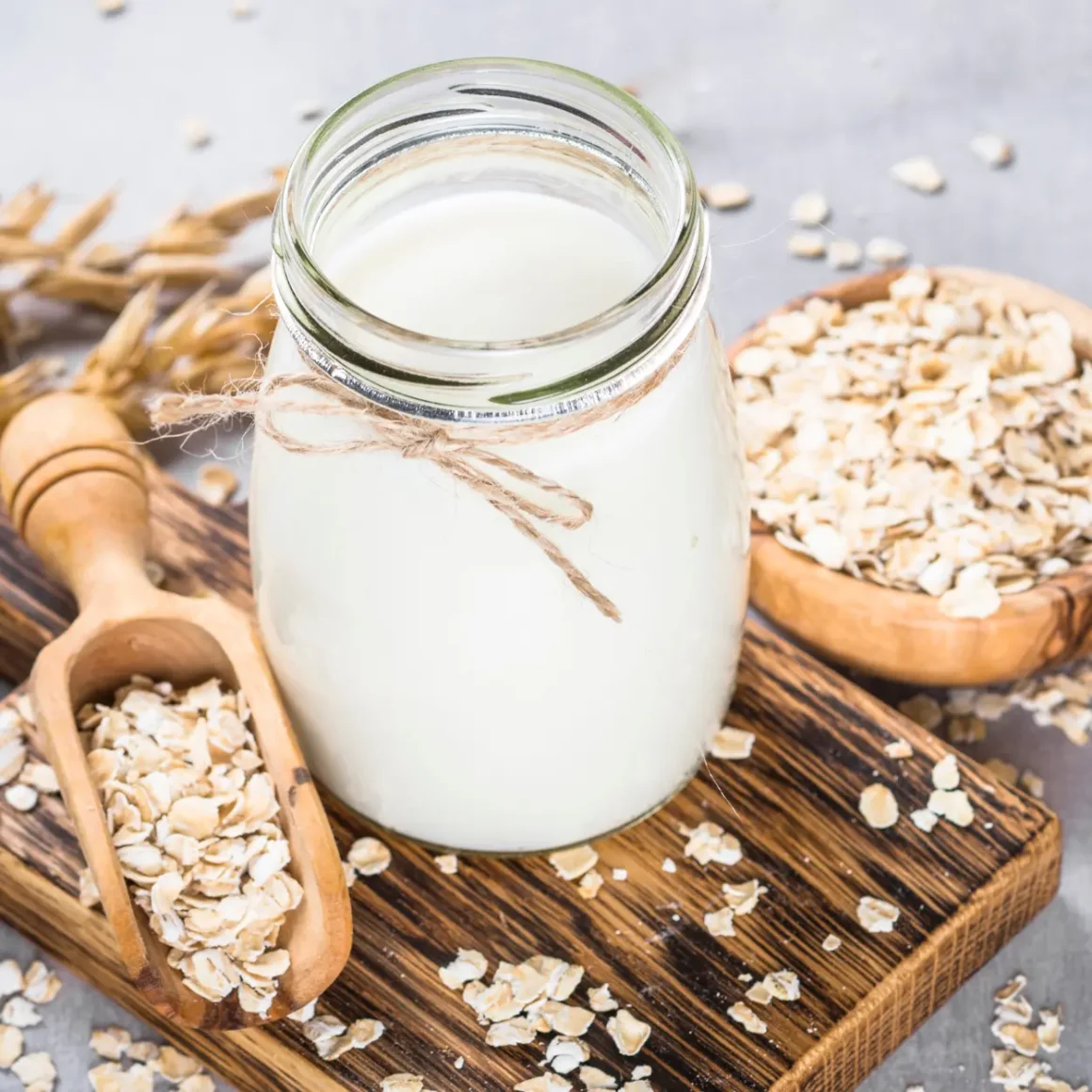
Oat milk has rapidly gained popularity as an exceptional choice for creating smooth and creamy coffee froth.
- Exceptional Frothing: Oat milk is often regarded as the best oat milk for frothing. Its ability to create a smooth and creamy foam is unparalleled among plant-based milks.
- Flavor Compatibility: With its mild and slightly sweet flavor, oat milk complements coffee beautifully without overpowering it.
- Environmental Footprint: Oat milk is also favored for its lower environmental impact compared to almond and soy milk. (3)
Coconut Milk: A Tropical Twist to Frothy Coffee
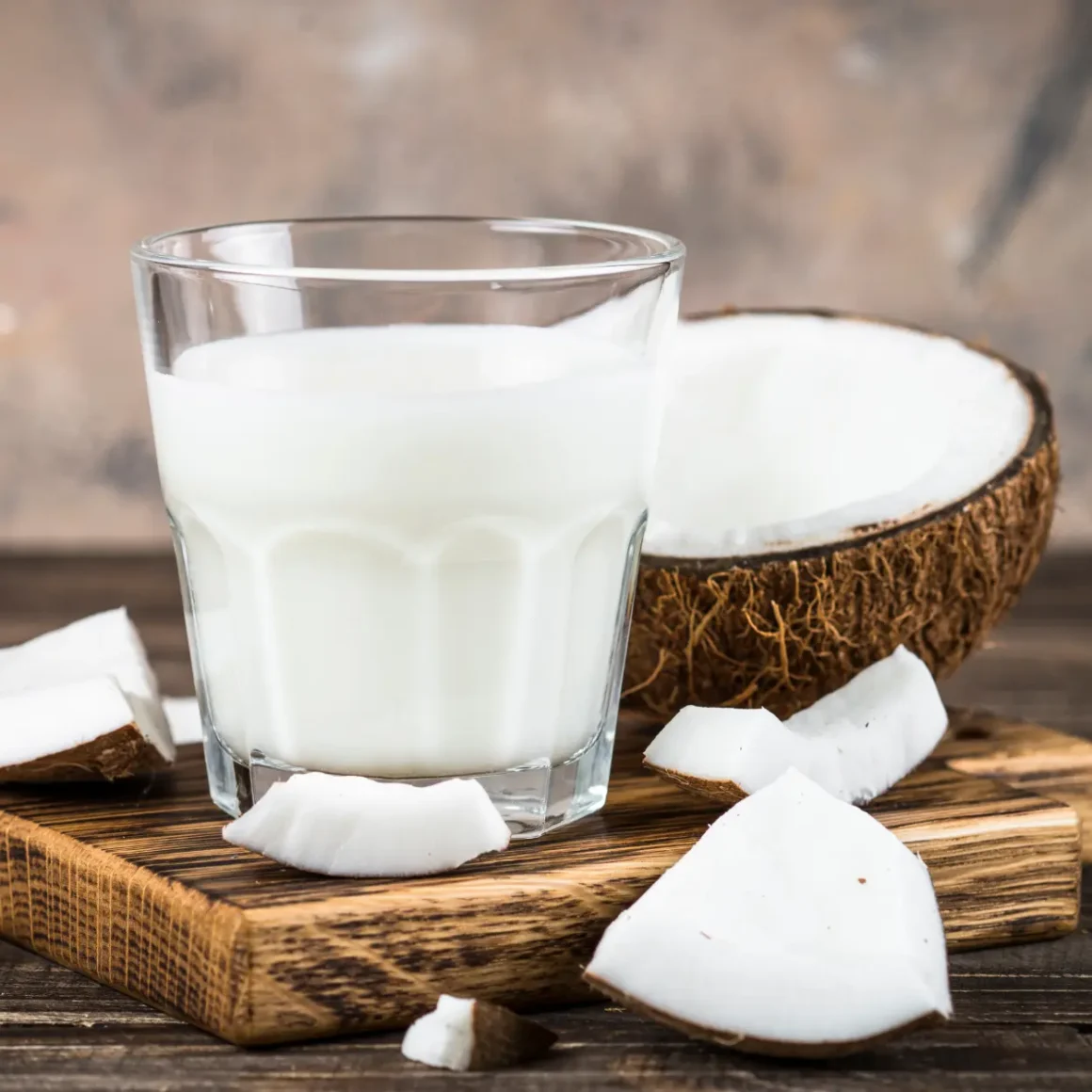
Coconut milk introduces a unique and exotic flavor to the world of frothy coffee drinks.
- Unique Flavor: Coconut milk adds a tropical twist to your coffee, with a distinct flavor that sets it apart from other milk alternatives.
- Froth Texture: While it doesn’t froth as densely as other options, coconut milk can still create a light and airy foam, perfect for those who enjoy a less heavy froth in their coffee.
- Health Aspects: Rich in beneficial fats and lactose-free, coconut milk is a great choice for those looking for a healthy, dairy-free alternative.
In summary, when exploring the realm of alternative kinds of milk for frothing, soy, almond, oat, and coconut milk each brings their unique characteristics and flavors. Whether you’re after a rich and creamy froth, a nutty flavor, an environmentally friendly option, or a tropical twist, these non-dairy milks offer something for every coffee enthusiast.
Types of Milk to Avoid
While exploring the vast array of milk options for coffee frothing, certain types stand out as less ideal due to their physical properties and how they react when frothed. These include skim milk, condensed milk, rice milk, hemp milk, and cashew milk. Understanding their limitations can help in making more informed choices for your coffee experience.
Skim Milk / Low-Fat Milk: Lacking the Creamy Texture
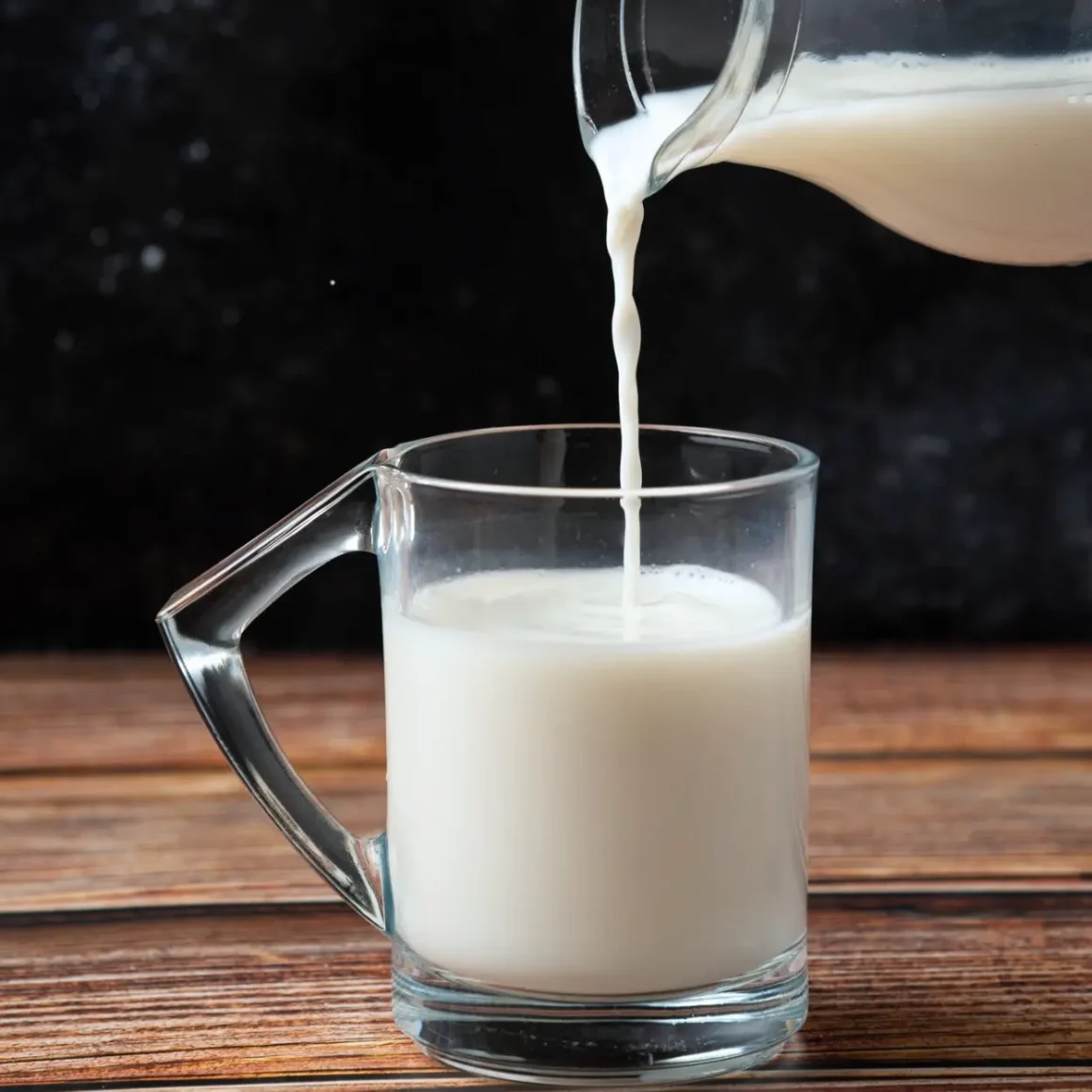
Skim and low-fat milk, often chosen for their health benefits, unfortunately, fall short of creating the desired froth for coffee.
- Limited Fat Content: The low-fat content in skim milk results in a lack of creaminess in the froth. This can lead to a less satisfying mouthfeel in coffee beverages.
- Poor Froth Quality: Skim milk tends to produce a more airy and less stable froth, which dissipates quickly and doesn’t hold up well in coffee drinks.
- Flavor Dilution: The absence of fat in skim milk may also dilute the coffee’s flavor, leading to a less robust and rich taste.
Condensed Milk: Too Thick for Frothing
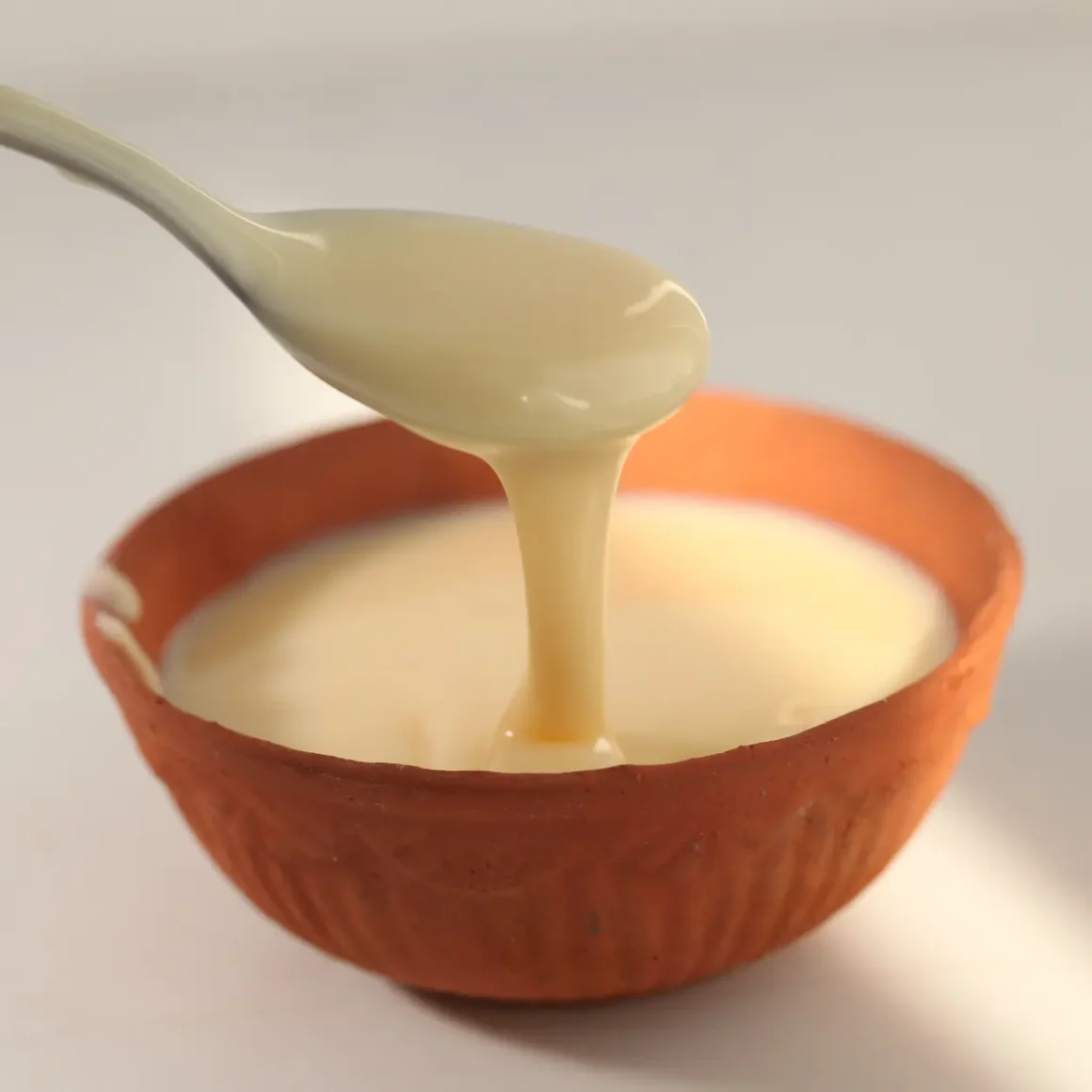
Condensed milk, while a popular sweetener, is not ideal for frothing due to its heavy consistency.
- High Sugar and Fat: Condensed milk is heavily concentrated with sugar and fat, making it too thick and sticky for proper frothing.
- Inconsistency in Froth: Due to its density, condensed milk does not aerate well, failing to create the light and airy foam desired in frothed milk beverages.
- Overwhelming Sweetness: Its high sugar content can overpower the natural flavors of coffee, making it less suitable for those who prefer a more balanced taste.
Rice Milk: Thin and Less Frothable
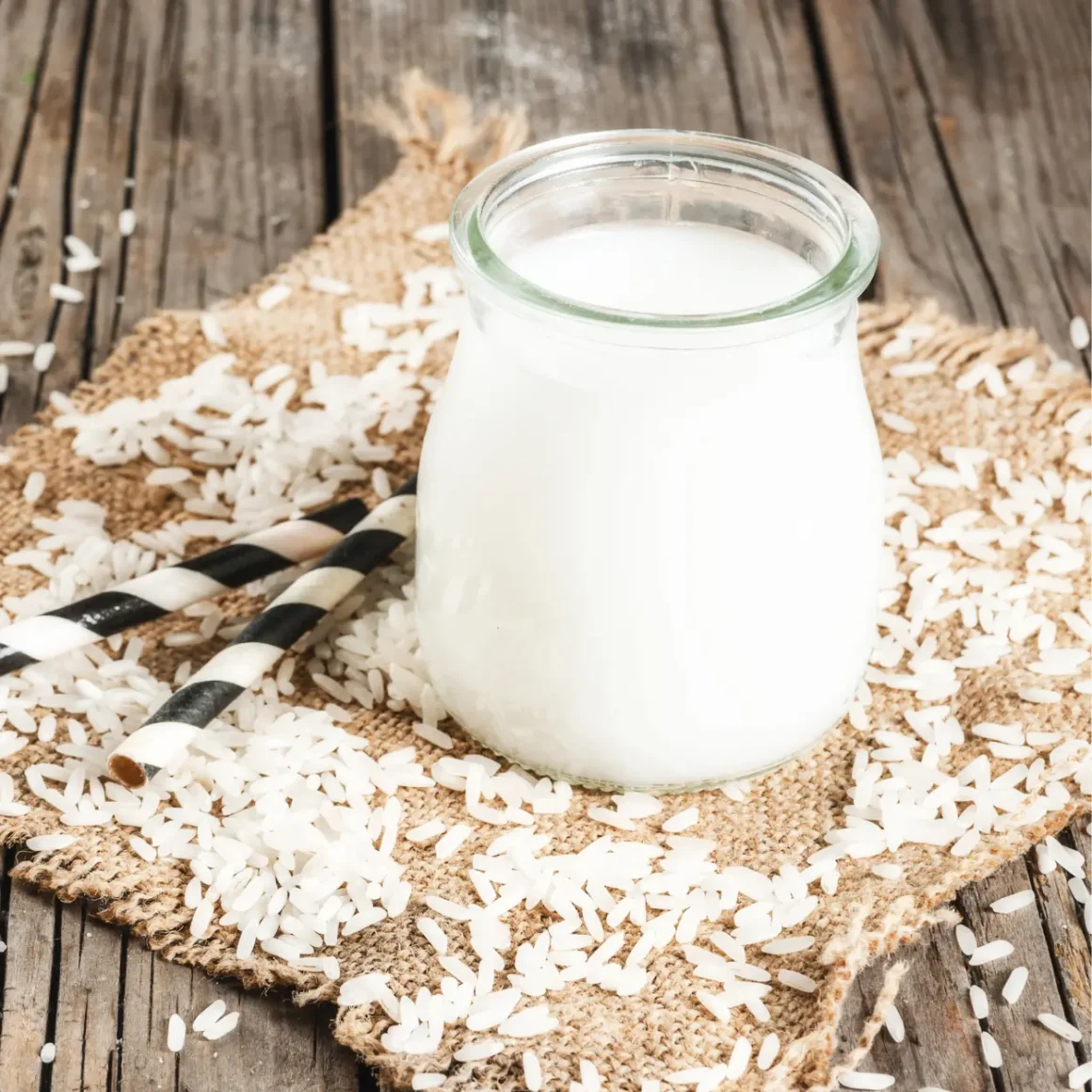
Rice milk, known for its lightness, presents challenges in frothing due to its watery nature.
- Watery Consistency: Rice milk is naturally thin and watery, lacking the proteins necessary for good frothing. (4)
- Weak Froth Formation: It struggles to produce a stable froth, often resulting in a very light and insubstantial foam that does not blend well with coffee.
- Limited Flavor Contribution: Rice milk’s subtle flavor can get lost in coffee, failing to add any significant taste enhancement to the drink.
Hemp Milk: A Controversial Frothing Choice
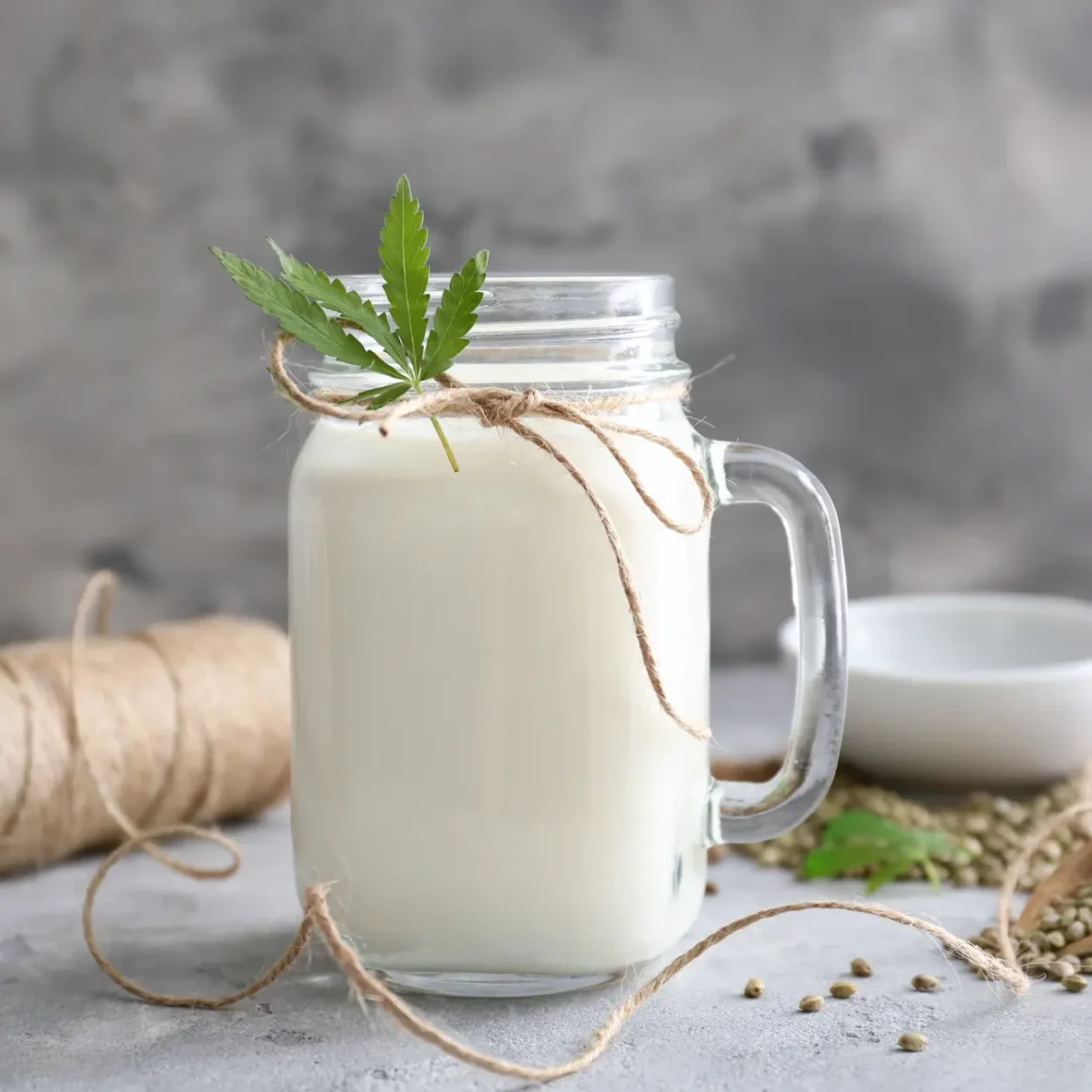
Hemp milk, despite its growing popularity, can be a controversial choice in the coffee world due to its unique properties.
- Inconsistent Frothing Results: Hemp milk’s composition can lead to inconsistent frothing outcomes, making it a less reliable choice for baristas.
- Distinct Flavor: Its strong, nutty flavor can be overpowering for some, potentially clashing with the taste of the coffee.
- Variable Texture: The texture of hemp milk can vary greatly between brands, which affects its ability to froth uniformly.
Cashew Milk: Challenging Frothing Characteristics
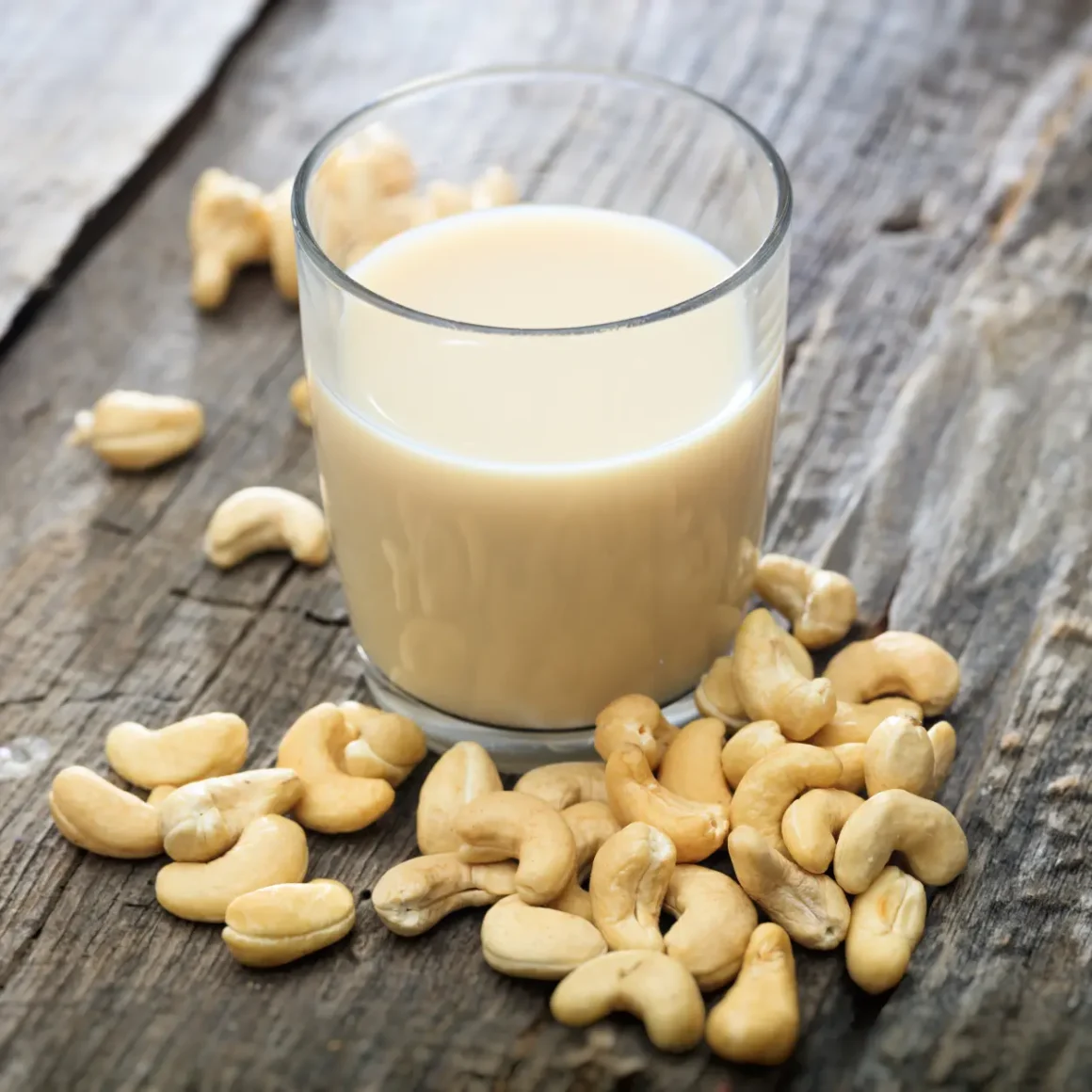
Cashew milk, while delicious, poses significant challenges for baristas in achieving the ideal froth.
- Difficulty in Frothing: Cashew milk is known for being particularly challenging to froth, often requiring precise technique and temperature control.
- Tendency to Separate: It can separate easily when heated, leading to an uneven texture in the froth.
- Flavor Dominance: The rich, creamy taste of cashew milk can dominate the coffee, which might not appeal to everyone.
In summary, while experimenting with different types of milk for coffee frothing, it’s important to be aware of those that might not yield the best results. Skim milk, condensed milk, rice milk, hemp milk, and cashew milk each have characteristics that can be less favorable for creating that perfect cup of frothy coffee.
Factors to Consider When Selecting Milk for Frothing

Choosing the best milk for frothing is crucial for achieving the perfect texture and taste in barista coffee. Various factors influence how milk behaves when frothed, affecting the quality of the foam and the overall coffee experience. Understanding these factors can help in selecting the ideal milk for your coffee needs.
Fat Content
The fat content in milk is a key factor in achieving the ideal froth for coffee, impacting both texture and taste.
- Impact on Texture: The fat content in milk significantly affects the texture of the froth. Higher fat milks, like whole milk, tend to create a richer, creamier foam, ideal for luxurious lattes and cappuccinos.
- Balance in Flavor: Milk with higher fat content also contributes to a balanced flavor in coffee, complementing the natural bitterness of the espresso coffee.
- Frothing Difficulty: While richer in texture, high-fat kinds of milk can be more challenging to froth properly and require more skill to achieve the perfect microfoam.
Protein Content
Proteins in milk play a crucial role in the formation and stability of froth, making them an important consideration for frothing.
- Stability of Froth: Proteins in milk are crucial for the stability of the froth. They help in creating a firm, long-lasting foam.
- Heat Sensitivity: The reaction of proteins to heat also plays a role. Milk needs to be heated to the right temperature to ensure optimal frothing without denaturing the proteins.
- Choice of Milk: Different types of milk have varying protein contents, which can influence the choice depending on the desired froth quality.
Sugar Content and Sweetness
Sugar content in milk not only adds sweetness but also affects the frothing process and the resulting flavor profile.
- Natural Sweetness: The natural sugars in milk, like lactose, add a subtle sweetness to the froth, enhancing the overall taste of the coffee.
- Caramelization Effect: When heated, these sugars can caramelize, contributing to a rich and complex flavor profile.
- Considerations for Flavored Milks: Flavored or sweetened milks will have additional sugar, which can significantly alter the taste and frothing properties.
Lactose Sensitivity
Lactose sensitivity is an important factor to consider, leading many to opt for non-dairy alternatives that are more compatible with their dietary needs.
- Non-Dairy Alternatives: For those with lactose intolerance or sensitivity, non-dairy milks offer alternative frothing options.
- Frothing Properties: Soy, almond, and oat milks are popular lactose-free choices, each with unique frothing characteristics to suit different tastes.
- Taste Adaptation: It’s important to consider how the alternative milk’s taste will integrate with the coffee’s flavor profile.
Barista Edition Milk
Barista edition milk, specifically designed for coffee preparation, ensures optimal froth and flavor in professional coffee making.
- Specially Formulated: Barista edition milks are specially formulated for frothing, offering consistent quality and ease of use.
- Optimized for Coffee: These milks are designed to complement the acidity and strength of espresso coffee, enhancing the coffee experience.
- Dairy and Non-Dairy Options: Both dairy and non-dairy barista edition milks are available, catering to a wide range of preferences and dietary needs.
when selecting the best milk for frothing, considering factors like fat content, protein content, sugar content, lactose sensitivity, and the availability of barista edition milk can guide you toward making the best choice for your coffee. Each factor contributes to the milk’s frothing ability and the overall taste and texture of the coffee, ensuring a delightful coffee experience.
Expert Tips for Frothing Success
Achieving the perfect froth in a coffee can elevate the drinking experience significantly. Whether you’re using the best milk frother or a simple handheld device, understanding the nuances of temperature, technique, and equipment can make all the difference. Below are some expert tips to guide you in mastering the art of frothing.
Temperature and Frothing Technique
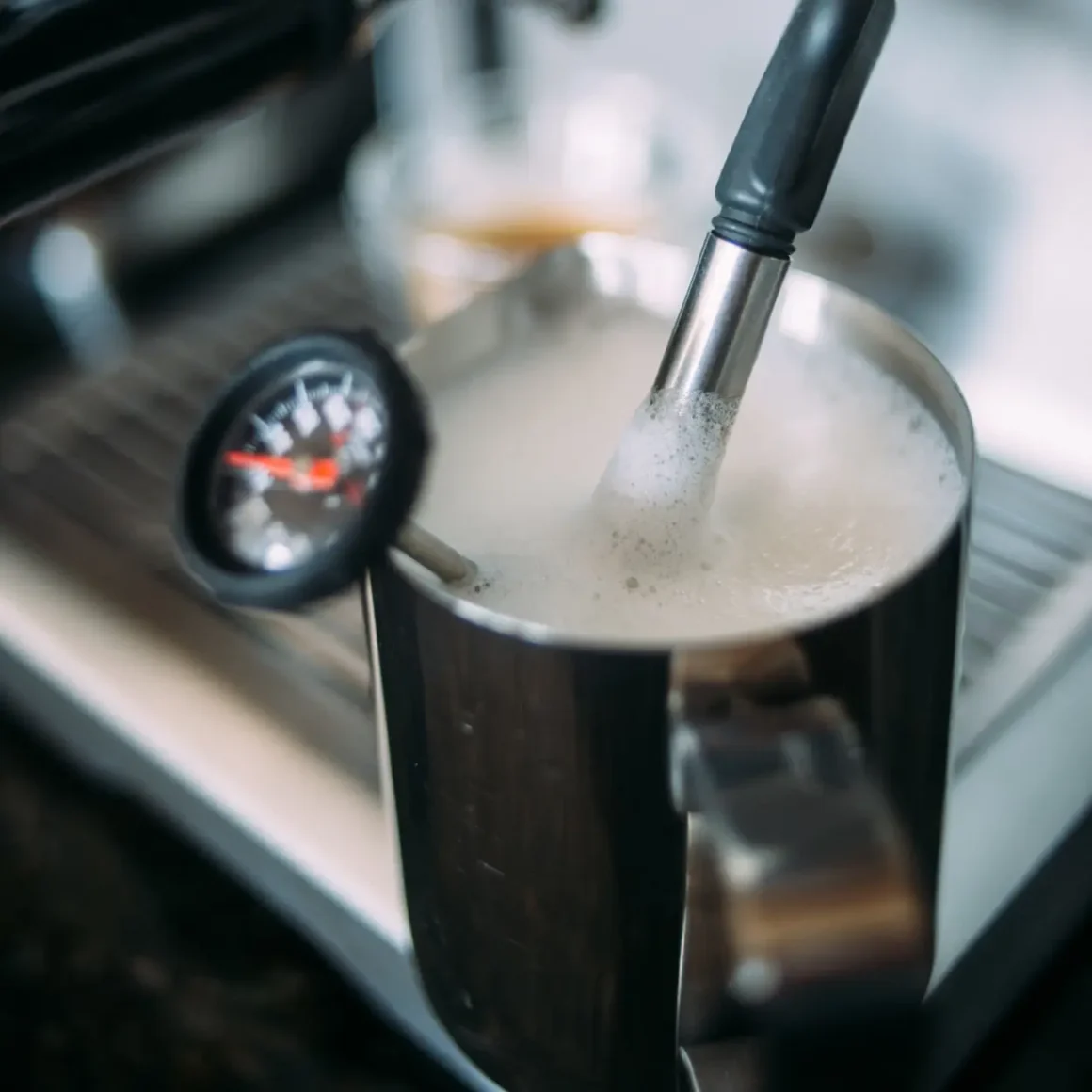
Mastering the temperature and technique is essential for creating the perfect froth in coffee.
- Ideal Temperature Range: For optimal frothing, milk should be heated to a temperature between 150°F and 155°F. Overheating the milk can result in a burnt flavor and negatively affect the froth’s texture.
- Consistent Heating: Ensure the milk is heated evenly. Uneven heating can lead to a froth that is too thick on top and liquid at the bottom.
- Technique Matters: When frothing, introduce air by keeping the frother near the milk’s surface at the start, then submerge it to create a vortex. This helps in creating a fine, silky microfoam.
Frothing Equipment Recommendations

The right equipment is crucial for achieving the desired results in milk frothing.
- Choosing the Right Frother: For those looking for the best handheld milk frother, consider a model that offers adjustable speed settings for better control over the frothing process.
- Steam Wand for Perfection: If using an espresso coffee machine with a steam wand, practice angling the wand and adjusting the steam pressure to achieve the desired froth density.
- Jug Shape and Size: The shape and size of the frothing jug also play a crucial role. A jug with a narrow base and wide top allows for better froth expansion and easier manipulation.
Troubleshooting Frothing Issues
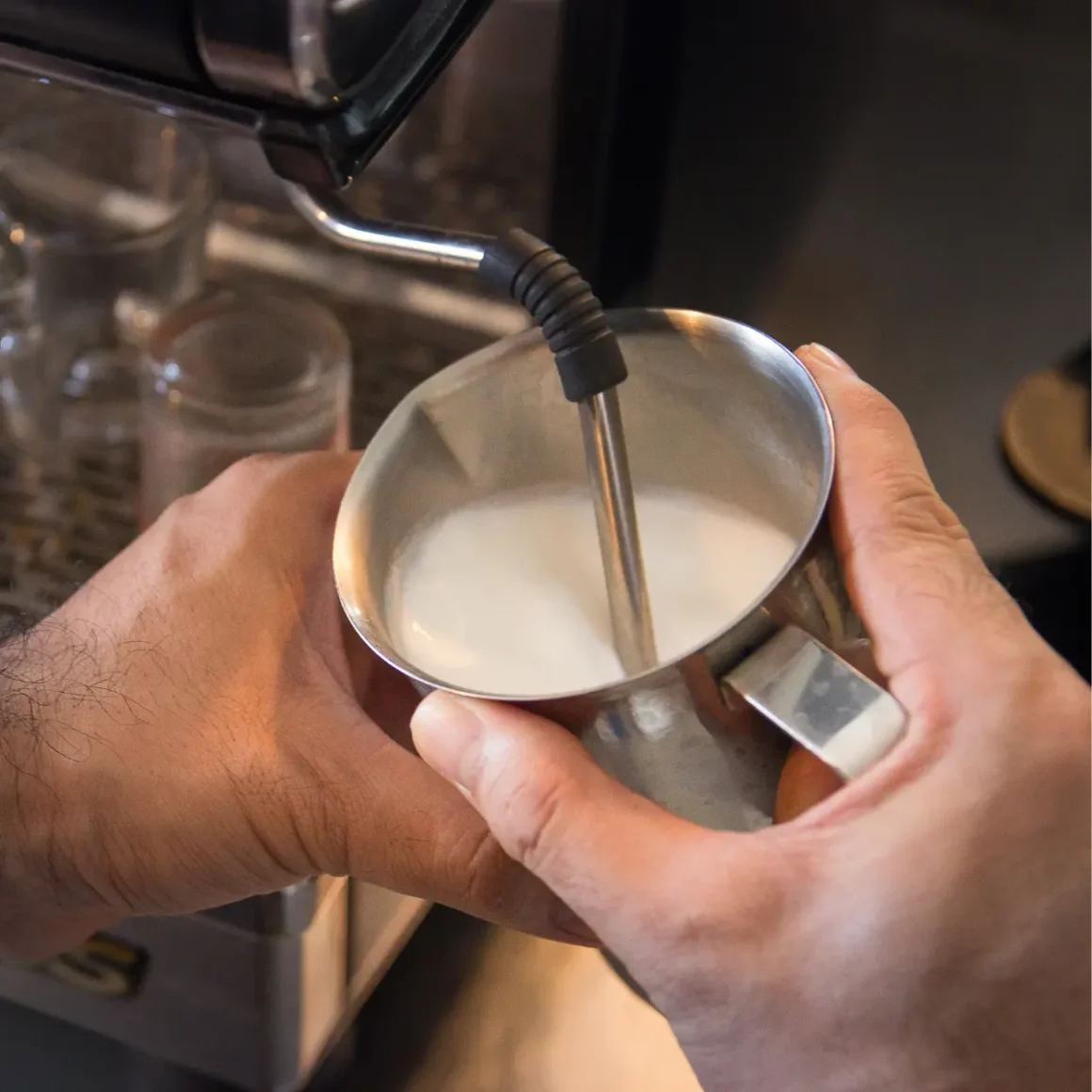
Effective troubleshooting can enhance the frothing process and ensure consistently high-quality results.
- Inconsistent Froth: If the froth is inconsistent, it could be due to uneven temperature or incorrect frother positioning. Make sure to heat the milk evenly and adjust the frother’s position.
- Lack of Stability: For froth that collapses too quickly, try using milk with a higher fat content or adjust the frothing technique to introduce air more effectively.
- Cleaning and Maintenance: Regularly clean and maintain your frothing equipment. Residue from previous uses can affect the quality of the froth and the overall taste of the coffee.
Overall, mastering the art of milk frothing requires an understanding of the right temperature, the frothing technique, and the use of appropriate equipment. By paying attention to these details and practicing regularly, you can enhance your coffee-making skills and enjoy consistently great results with your frothing endeavors.
Enhance Your Coffee Experience with Frothed Milk
Incorporating frothed milk into your beverages can transform a simple drink into a delightful experience. Whether it’s for a cafe latte, a creative latte art piece, or enhancing non-coffee drinks, the versatility of frothed milk opens up a world of possibilities. Let’s delve into how frothed milk can elevate your drink creations.
Latte Art: A Creative Touch

Latte art is an artistic expression in coffee making, turning a simple drink into a canvas for creativity.
- Basic Techniques: Latte art starts with mastering the pour. The key is to start with a high pour and then bring the pitcher closer to the surface as the cup fills, weaving in your design.
- Patterns and Designs: Popular designs include the heart, rosetta, and tulip. With practice, these patterns can be intricately combined to create more complex and personalized art.
- Skill Development: Latte art requires practice and patience. It’s not just a creative expression but also a sign of a well-prepared espresso and perfectly frothed milk.
Flavor Combinations and Recipes

Experimenting with flavor combinations and recipes can greatly enhance the frothed milk experience in beverages.
- Vanilla Latte: Add a hint of vanilla coffee syrup to your espresso before topping with frothed milk. The vanilla’s sweet, aromatic qualities add a comforting dimension to the classic latte.
- Caramel Macchiato: Layer espresso, frothed milk, and a generous drizzle of caramel sauce. The caramel not only adds sweetness but also a buttery depth to the drink.
- Spiced Chai Latte: Brew a strong chai tea (spiced Indian tea), sweeten it as desired, and top it with richly frothed milk. The spices in the chai blend harmoniously with the creamy milk, creating a warming, exotic beverage.
- Matcha Latte: Whisk matcha green tea powder with hot water to form a paste, then add frothed milk. The earthiness of the matcha is softened by the milk, resulting in a delicately balanced drink.
- Cinnamon Dolce Latte: Stir in cinnamon and brown sugar into your espresso before adding frothed milk. Top with a sprinkle of cinnamon for a comforting, spiced drink.
Frothed Milk for Non-Coffee Drinks
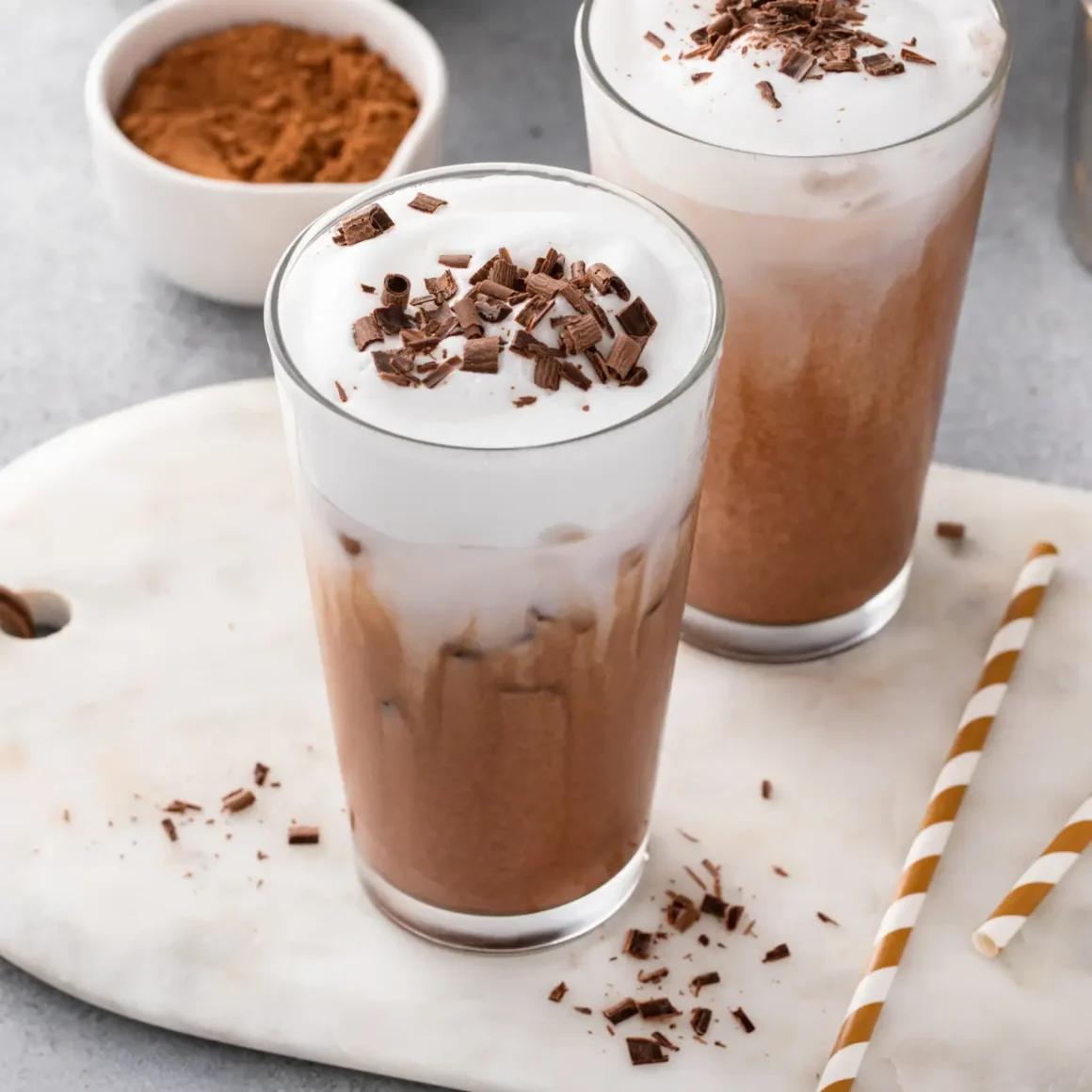
Frothed milk extends its magic beyond coffee, adding richness and texture to a variety of other hot beverages.
- Hot Chocolates and Teas: Frothed milk isn’t just for coffee. It can add a luxurious touch to hot chocolates or creamy teas like matcha or chai lattes as discussed above.
- Healthier Alternatives: For a nutritious twist, blend frothed milk with herbal teas or turmeric for a comforting golden latte.
- Dessert Drinks: Frothed milk can also be a decadent addition to dessert-inspired beverages, offering a cafe-quality finish to any drink.
In summary, frothed milk is not just an add-on but an essential element that can significantly enhance your beverage experience. From creating beautiful latte art to experimenting with various flavor combinations, recipes, and even branching out into non-coffee drinks, frothed milk is a versatile ingredient that adds both flavor and texture to any drink.
Conclusion
This comprehensive guide underscores the significant role of frothed milk in enhancing the coffee experience. From selecting the best milk for frothing to mastering various frothing techniques and equipment, each aspect plays a pivotal role in crafting the perfect cup. Whether it’s through the artistic flair of latte art or the rich, creamy addition to a range of beverages, frothed milk is a key ingredient in elevating both the flavor and aesthetics of coffee. This article not only offers valuable insights for coffee enthusiasts and baristas but also encourages exploring the versatility of frothed milk in various drinks. Ultimately, understanding and utilizing the best milk for frothing can transform a simple beverage into an extraordinary coffee experience.
FAQ
What's the key to achieving microfoam when frothing milk?
The key to achieving microfoam is maintaining the correct temperature (around 150°F to 155°F) and using the right frothing technique, which involves creating a vortex in the milk.
Can you create latte art with any type of milk?
While you can create latte art with various types of milk, whole milk is often preferred for its rich texture and stability, which are ideal for intricate designs.
Is it necessary to heat the milk before frothing it?
Yes, heating the milk to the right temperature (between 150°F and 155°F) is necessary before frothing to achieve the ideal texture and stability.
Are there any health benefits associated with frothy milk in coffee?
Frothy milk in coffee can add nutritional value, such as protein and calcium, especially when using milk varieties like soy or almond milk that have added vitamins and minerals.
